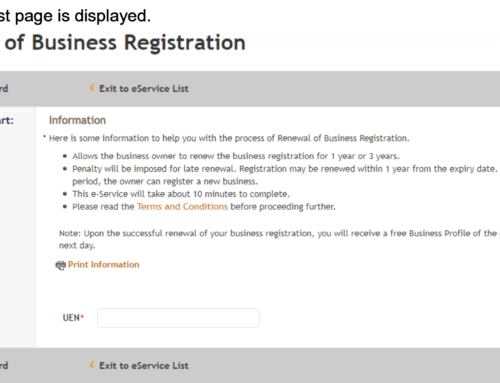To fully understand what bookkeeping is, you need to know the principles of accounting. Bookkeeping deals with recording the daily financial transactions of a business entity. This includes all sales, purchases, receipts and payments that occur in a business.
Businesses often enlist the services of a professional bookkeeper to keep track of all the transactions. Some even prefer to outsource bookkeeping responsibilities. Programs like Sage, QuickBooks, Xero, Tally and Microsoft Excel are great tools that provide immense help in making the process more efficient and digitalized.
Types of Bookkeeping Systems
Single-entry Bookkeeping works pretty well for small businesses. This method of recording financial transactions involves just entering the figures of all the debit and credit records in a single book.
Double-entry Bookkeeping is a 500-year-old system that works as an error-detection system. You enter your financial transactions in two separate books. One book records all the money you earn (credit), while another book records all the money you spend (debit). The bookkeeper then balances both books to make sure there isn’t any inconsistency between the accounting figures.
Type of Bookkeeping Accounts
- Cash Book
- Accounts Receivable
- Accounts Payable
- Sales Book
- Purchases Book
- Inventory Book
Recording Financial Transactions
Sales
Every sales transaction needs to have an entry in the respective ledger books. Based on the sales revenue, an accountant can generate income statements, balance sheets and cash flow statements. This helps analyse which products or services are profitable and which are not doing well.
In terms of bookkeeping, sales is when you sell a product or service. In return, you get remuneration in the form of cash or credit.
Example: You sell a pair of shoes for $100. The $100 is posted to the Cash Book as a debit entry if the payment is made in cash. If the $100 is on credit then the entry is made in the Accounts Receivable book, also as a debit entry. While in the Sales Book you post the $100 in the credit column.
Purchases
Businesses need to record all purchases for accounting and tax purposes. Recording them also lets the business owner evaluate the difference in cash inflow and outflow. Accountants use purchasing records to calculate P&L statements that give an exact evaluation of the business in a given time frame.
For bookkeeping purposes, purchases are any products or services you buy for your business—whether the transaction is in cash or on credit.
Example: You buy a desk and two chairs for $500. The $500 is posted in the Cash Book as a credit if payment is made by cash. If the products are bought on credit, then you post the credit entry in the Accounts Payable book. For both types of transactions, a debit entry is made in the Inventory Book.
Payments
When it comes to payments, businesses must add all transactional payments to other businesses, employees and even against business purchases. Accountants use the payment records sometimes to offset tax implications or reduce tax burdens.
Payments in bookkeeping terminology deal with all business expenses such as employee salaries, office rent, inventory, furniture, bank loans and even investments.
Example: You pay an employee on contract $200 for services rendered. When doing the books, you post a debit entry in the Accounts Payable book and a credit entry in the Cash Book.
Receipts
A receipt is a piece of paper that shows a completed sales transaction and revenue is acknowledged. Every sales transaction must have a receipt to show as proof of sales. The receipt provides information such as when the product or service was bought, the amount paid, sales tax and what the mode of payment was.
As receipts are in hand notes that convey so much important information, many businesses opt to scan the receipt for convenience. In bookkeeping, receipts can be considered as payments your business receives on the sale of products or services.
Example: You receive a payment of $300 for a sale previously. For this, you need to post a debit entry in the Cash Book and make a credit entry in the Accounts Receivable book.
The financial transactions of the business are systematically recorded in the ledger books for perusal by the accountant. To sustain the reliability of the accounts, the bookkeeper periodically amends the books according to the current transactions. Trial Balance statements are usually created at the end of each month or as and when required by the accountant.












Leave A Comment